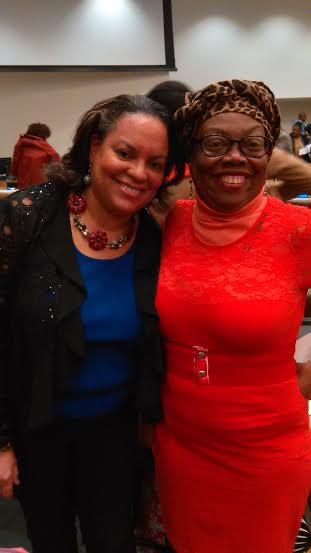MARCH ON WASHINGTON AUGUST 28-1963
Murphy Browne © August 28-2020
Fifty-seven years ago today, Dr. Martin Luther King Jr. delivered his "I Have a Dream" speech at the Lincoln Memorial during the 1963 “March on Washington for Jobs and Freedom.” In 2020, many people around the world still remember the "dream" he had that his four children would "not be judged by the color of their skin but by the content of their character." On August 28, 1963, Dr. King also spoke out against poverty, police brutality and the restriction to voting rights for African Americans. On August 28, 2020, it seems that the “dream” is more like a nightmare for African Americans who continue to experience being “judged by the color of their skin.” In 2020, African Americans also continue to experience high levels of poverty, police brutality and restrictions to their voting rights.
Today, fifty-seven years later, the words Dr. King spoke on August 28, 1963, remain relevant. His powerful words are connected to the global protests that were galvanized by the Black Lives Matter movement in the USA that have taken place this summer against the killings of unarmed African Americans. These protests against the continued devaluation of African lives including the murder of Ahmaud Arbery, George Floyd, the recent (August 23, 2020) shooting of 29 year old Jacob Blake and many other egregious acts of violence against unarmed African Americans by white police and civilians, are reminiscent of the murder of 14 year old Emmett Till. The 14-year-old was tortured and lynched by two white men in Money, Mississippi, exactly eight years before Dr. King’s speech, on August 28, 1955.
On August 28, 2020, we are reminded of Dr. King’s legacy and the legacy of the Civil Rights Movement he led until his assassination on April 4, 1968. In August 2020, it was the sight of a White police officer in Minneapolis, Minnesota, kneeling for almost nine minutes on the neck of an African American man, George Floyd, as the life slowly drained out of his body on May 25, 2020, that brought many people into the streets during a pandemic, to protest the killing of yet another “Black man” by a White man. So powerful and influential were the words Dr. King spoke on August 28, 1963 that the legacy of Dr. King and the Civil Rights Movement are frequently discussed and emulated internationally.
On August 28, 2020, African Americans are facing two diseases—COVID 19, which has disproportionately impacted African American communities, and white supremacy. These two diseases have caused the significant disparities in education, healthcare, the justice system, policing, and more to become glaringly obvious. On this day 57 years ago, Dr. King said: “Now is the time to make real the promises of democracy. Now is the time to rise from the dark and desolate valley of segregation to the sunlit path of racial justice. Now is the time to open the doors of opportunity to all of God's children. Now is the time to lift our nation from the quicksands of racial injustice to the solid rock of brotherhood.” Democracy can only be realized with the active participation of informed citizens, who access knowledge and information about their history and who are capable of and exercise critical thinking. As one of the people who influenced Dr. King, the Honourable Marcus Mosiah Garvey (born August 17, 1887) famously said: “A people without the knowledge of their past history, origin and culture is like a tree without roots.” We must make the effort to understand and interpret our past, so that we may move together from the nightmare of police brutality that has caused continued protests, into the direction of Dr. Martin Luther King Jr.'s dream.
On August 28, 2020, the actions of white supremacists in the USA, from the top down, make a mockery of the words Dr. King spoke on that fateful day, August 28, 1963, fifty-seven years ago.
Murphy Browne © August 28-2020


















































